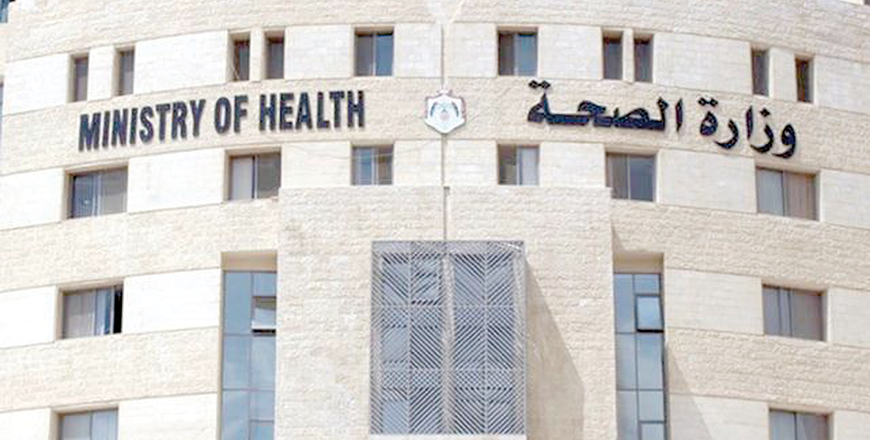You are here
Risk of Marburg virus in Jordan currently ‘low’, says JCDC
By JT - Apr 09,2023 - Last updated at Apr 09,2023
AMMAN — The Jordan Centre for Disease Control (JCDC) announced on Sunday that the risk of transmission of Marburg virus in Jordan is currently low, as there are no direct flights between the Kingdom and the African countries where the disease is present.
The JCDC also noted that the types of fruit bats which transmit the Marburg virus to humans are not present in Jordan.
The centre advised exercising caution if travelling to areas infected with Marburg virus, which currently include Equatorial Guinea and Tanzania, in addition to any other country declaring infections, the Jordan News Agency, Petra, reported, citing the JCDC statement.
Marburg is a viral disease of rare, but severe hemorrhagic fever that affects humans and other mammals, and has the capability to spread, especially among healthcare personnel and family members caring for infected individuals. Marburg virus has a fatality rate of between 25 and 88 per cent, and has similarities to the Ebola virus disease (EVD).
In terms of preventive measures, the centre recommended raising awareness among healthcare personnel in hospitals, and to isolate individuals with a confirmed history of travelling to infected areas and any other suspected cases. The centre stressed the importance of adhering to hygiene standards, regularly washing hands and ensuring safe injection practices.
The disease was first detected in simultaneous outbreaks in Marburg and Frankfurt in Germany, and Belgrade, Serbia in 1967. The disease was named after the city of Marburg, where 31 laboratory workers and other health personnel contracted the disease. Seven of the 31 workers died from complications, the centre said.
The first case involved contact with an African green monkey imported from Uganda, where the animal carrier of the Marburg virus is an African fruit bat.
The incubation period for the virus ranges between 2 and 21 days. Symptoms and signs of the disease include sudden fever, chills, headaches and muscle pain. Around the fifth day, a distinctive rash appears on the torso. Depending on the progression of the disease, individuals can also suffer from nausea, vomiting, chest pain, sore throat, abdominal pain, diarrhoea, jaundice, pancreatitis, severe weight loss, delirium, trauma, liver failure and multiple organ bleeding.
Related Articles
AMMAN — Epidemiologists and health experts are urging authorities to ban travel from areas infected with the recent spread of the Marb
AMMAN — The Health Ministry is following up on the spread of Marburg haemorrhagic fever cases in Equatorial Guinea and Tanzania, Health Mini
AMMAN — The Eastern Mediterranean Public Health Network (EMPHNET), in collaboration with the World Health Organisation, commenced a five-day

















